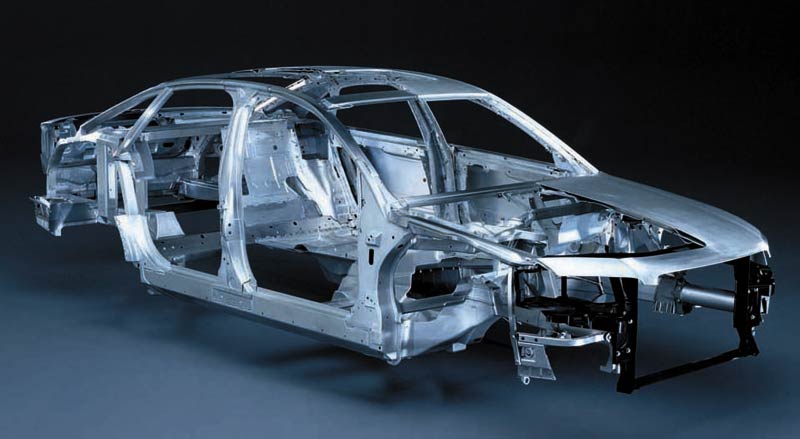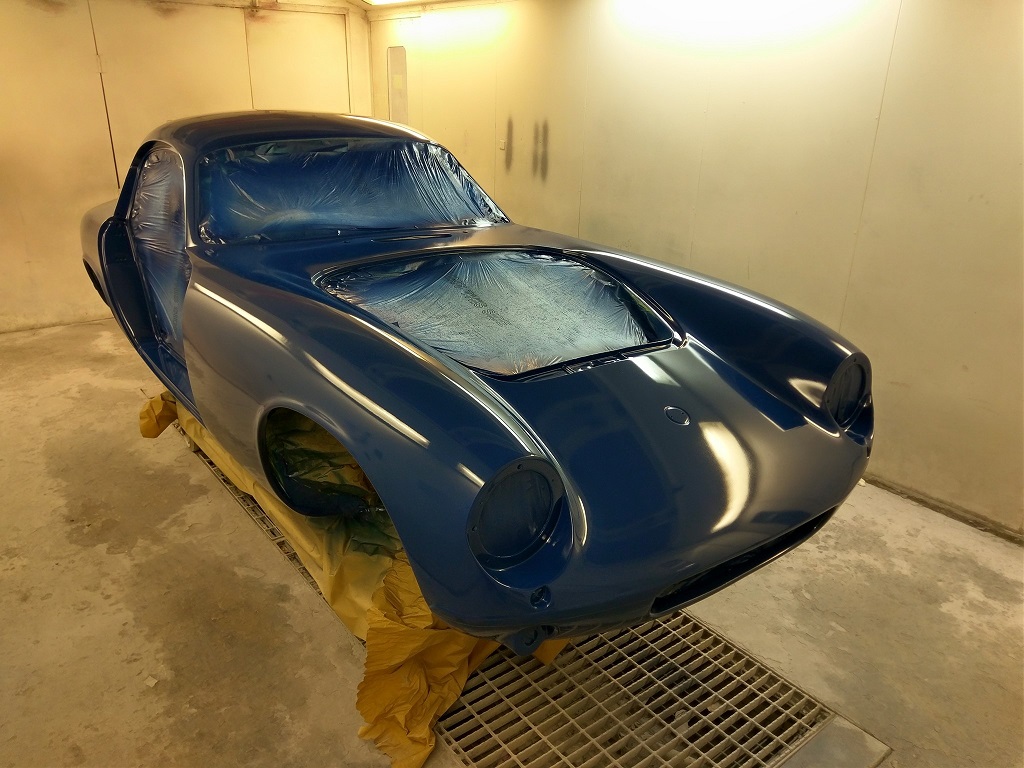

The problem come when you try to scale an exoskeleton from an ant size to a human or a truck size. According to the articles I read here and here, the reason ants are so strong and the reason the exoskeletons work for them is they are small. I thought, “they have exoskeletons, maybe that is the secret to the Cybertruck’s amazing specs.” Well, that was a dead end. Next, I thought of all those times I’ve heard that ants can lift many times their weight. I’ve emailed Tesla’s press team to try to get clarification on this point. On the other hand, the whole point of the radical design is to save weight, so why would it be way heavier with this radical design? They could just slap a battery pack into a Ford F-150 and it probably would have been 1,500 pounds more. I’ve seen no written backup to Elon’s statement, so he could have misspoken. Sites like Motor1 claim that the Cybertruck is 1,000 to 1,500 pounds heavier than the F-150, which contradicts Elon’s statement during the unveiling. This design idea - using the skin of a plane or truck to do two things at once, both support the load of the vehicle and direct the air over the vehicle - saves a lot of weight overall. This answer also helped me to understand this. Modern commercial plans like the Boeing Dreamliner use a lot of expensive carbon fiber to move a great deal of the strength of the airframe to the skin of the plane. Then they moved to single-wing designs with lots of internal triangles for strength, but they also started to use the skin (now called a “stressed skin”) of the fuselage and the wing to carry some of the load. I’m a software engineer, not an aerospace engineer, but from my reading of the links above, it appears that early planes used frames and wires to stress the frames for strength and fabric for aerodynamics. He implied that today’s pickups are the equivalent of a World War I biplane that nobody has thought of redesigning.


Listen to Elon at 1:30 above and you can hear him talk about studying the history of aircraft design. Monocoque StructureĪt about 0:45 to 1:00 in the video, Elon says that the Cybertruck has the same dimensions and same weight as the competition (Ford F-150). We may still get those in the future, but today I’m going to dive into the choices the Tesla team made and even ask if they considered something more out of the box than they released.

I was one of the few people, however, who expected a more radical surprise, like an autonomous interior without a steering wheel or cold air jets to fly over rough terrain. I was impressed by the specs and intrigued by Tesla’s ability to innovate in a direction nobody expected, structural efficiency of the body and frame. When the CyberTruck came out on the stage, I was as shocked as everyone with the look of the vehicle.


 0 kommentar(er)
0 kommentar(er)
